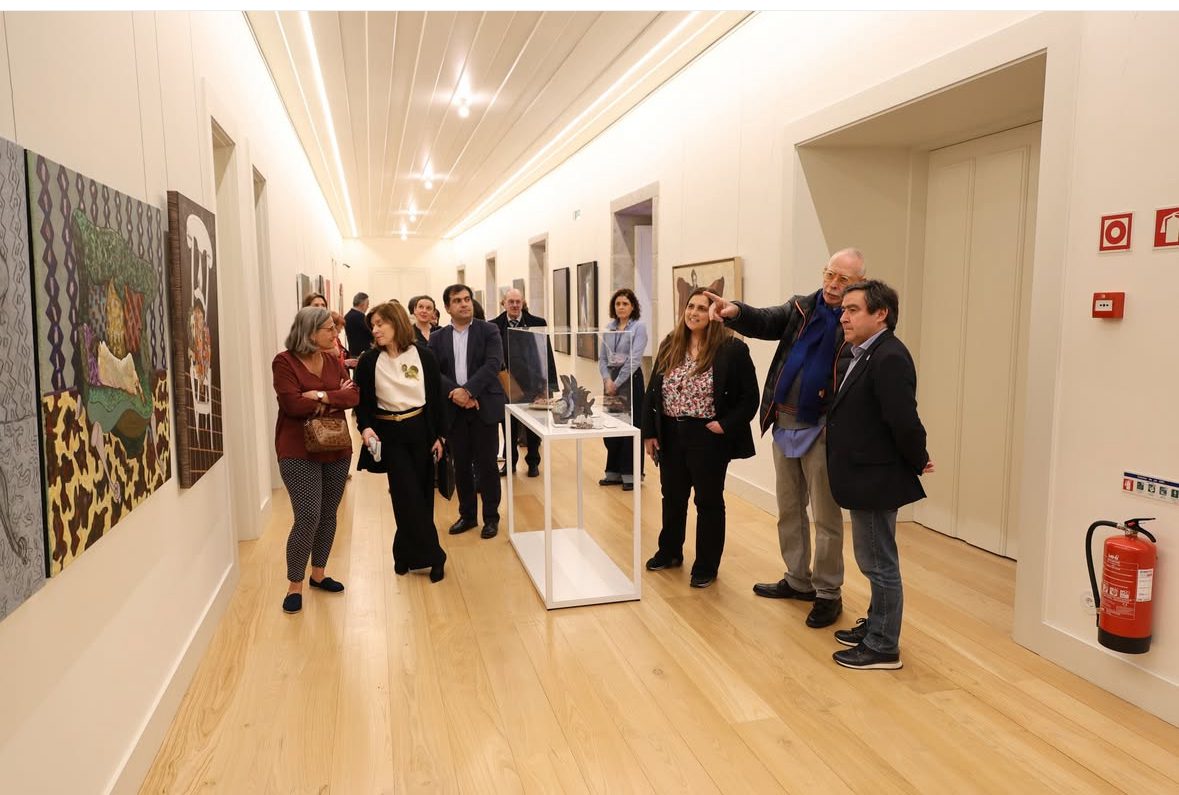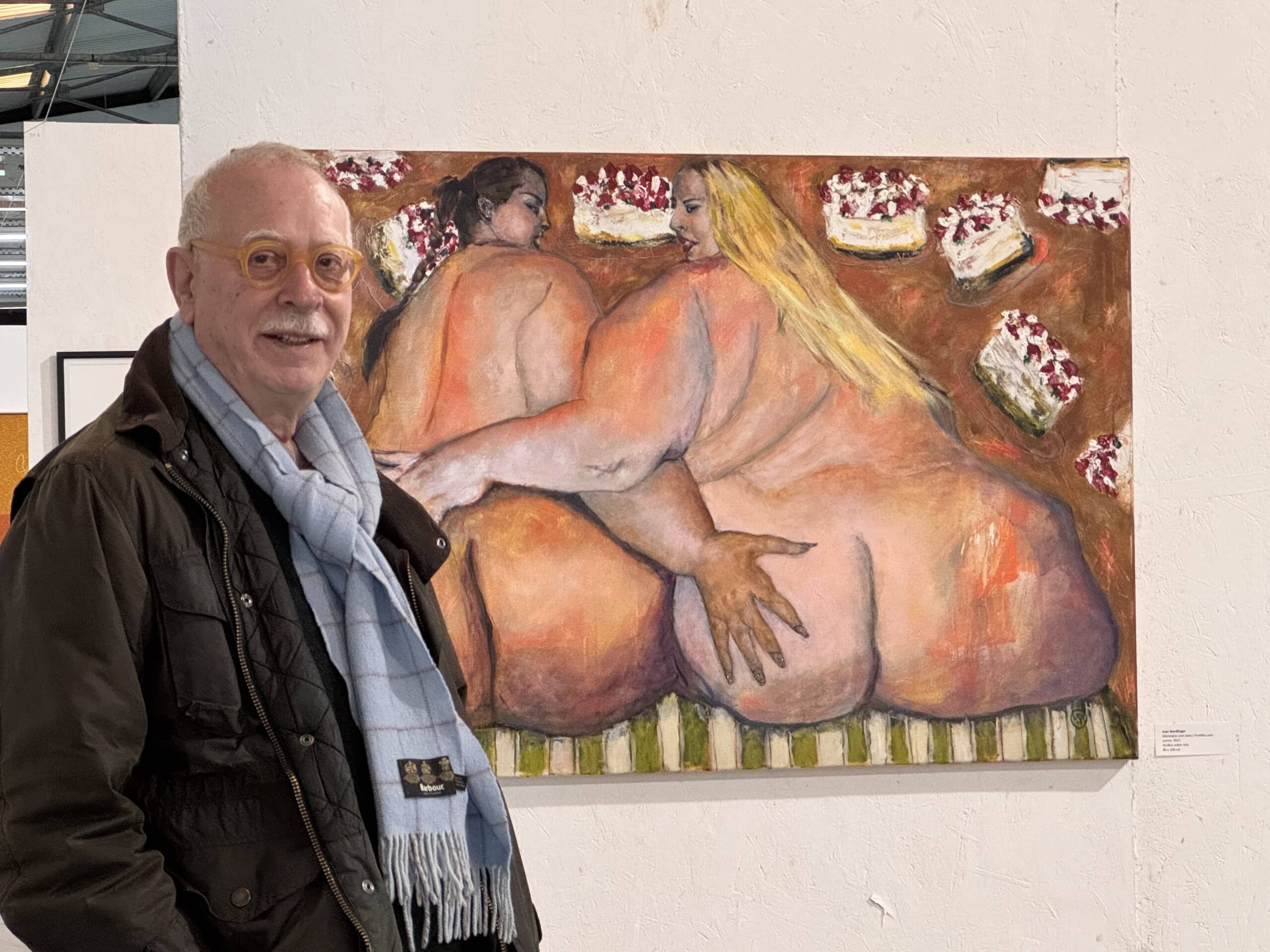

Artist Statement
“Writing about someone who paints is a daunting and futile task. That’s why I’m going to revisit some events so that those who don’t know him will realize that his work should be taken into account because he is an artist of singular power in these times.
Juan Nordlinger came into my life in 1995 as the result of an interesting “experience” in La Cárcova. Juan thought that in my studio he had found the right person to help him shape his identity, not realizing that he was the only creative device responsible for his universe.
You can see the painter in his light movements, how he rests his brush, discusses with the material, anticipates the event, and if you’re lucky enough to see him working, you’ll realize that what is hard work for some people is the opposite for him. Juan paints because “it comes to him” and moves meticulously against the background of a confused, blind crowd, with the certainty of a sleepwalker.
Painting is more about feeling than sensation, and his paintings are remnants of this circumstance, indulging in the almost casual and accidental act of “being” a painter.
In a world full of painters, Nordlinger paints.”
Jorge Pirozzi, Argentine visual artist, 2011
“The theater of the absurd consolidated its foundations in 1948, when Beckett wrote Waiting for Godot. No one knows who this enigmatic character is, but we wait for him with the illusion that he will solve our problems. When we see Juan Nordlinger’s chairs, we can’t help but wonder who used them and why. The chair registers the metamorphosis of the user inside, his tranquility, his impatience, his aging.
Nordlinger tears the furniture apart on a symbolic level, just as time does physically, interpreting the most intimate wound hidden in the most innocent backwater. How many secrets are hidden in the entrances to our chairs? Nordlinger is obsessed with the playful fabrics that run through many of his works. Whether it’s antique floral throws or rustling patchwork throws, they appeal to the sensuality of curvilinear forms. The undulating and rebellious ornamentation of the Viennese Secession is an organic heartbeat, a vital pulse for Nordlinger’s work. Outside the object itself, the artist offers almost no spatial clues but develops a textural field that shelters – or devours – its gravitational center, the armchair, phagocytized and consumed by its state. They are chromatic elements, alchemically worked, respecting the effects of the water poured on the acrylic, capable of opening a dreamlike universe with force.”
Yamila Valeiras, MBOQM Curator, October 2022








